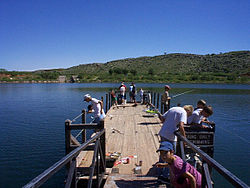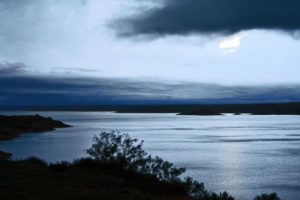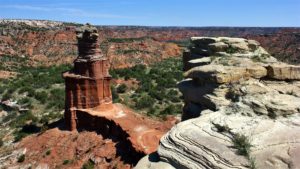It’s nice to have your worst fears proven to be unfounded.
Lake Meredith sits north of Amarillo, providing water to several communities throughout the Texas Panhandle and the South Plains. There was a time not many years ago when the water level at the lake dropped to frighteningly low levels.
By 2013, the lake stood at 26 feet of depth. They closed marinas at the National Recreation Area. The water level dipped below the intake sources used to transport the water out of the lake basin.
Amarillo stopped taking water from the lake.
Man, I was worried about whether the lake could ever recover. Well, it has. It has come back in a major way. Park officials began eradicating the ultra-thirsty salt cedars they planted years ago to help stem erosion along the lakefront. The eradication effort seems to have helped.
The lake level now stands at 76 feet. The Panhandle has been getting drenched in recent days, or so I understand. The Canadian River watershed that feeds the lake has been getting plenty of rainfall.
The U.S. parks system that runs the lake has been increasing the recreational opportunities throughout the NRA to lure tourists to the area. They were doing so years ago when the water levels were so low.
Now it appears that the lake’s health is looking better all the time. Boating activity has returned.
OK, the lake levels aren’t yet at the historic high of 103 feet, which Meredith reached in 1973. At this rate, though, I am not going to bet against the lake getting pretty damn close to that level.
I am so happy to see Lake Meredith regain its health.




